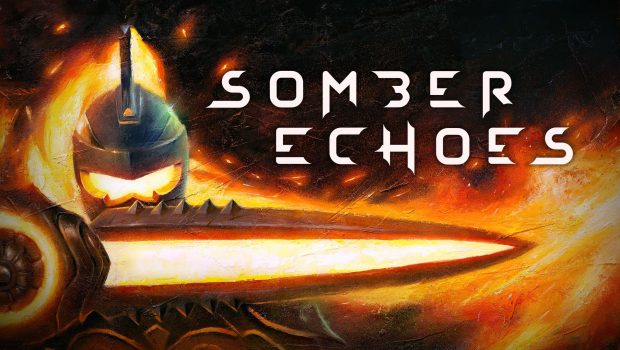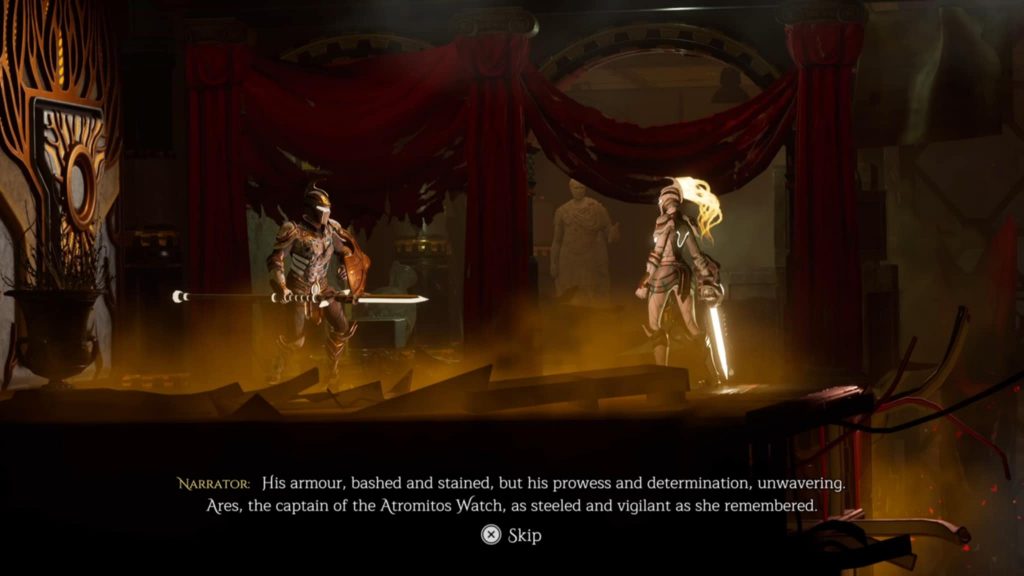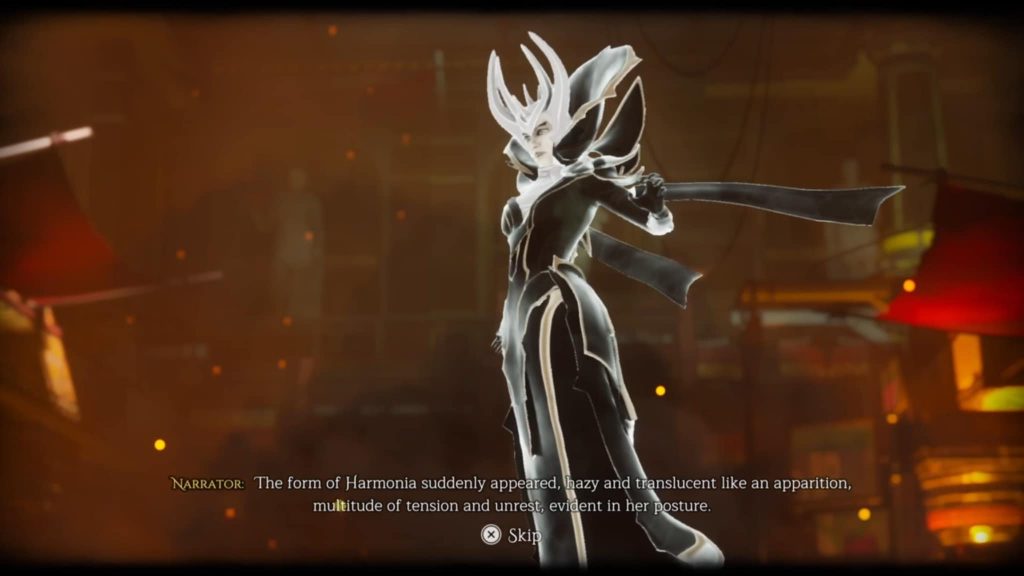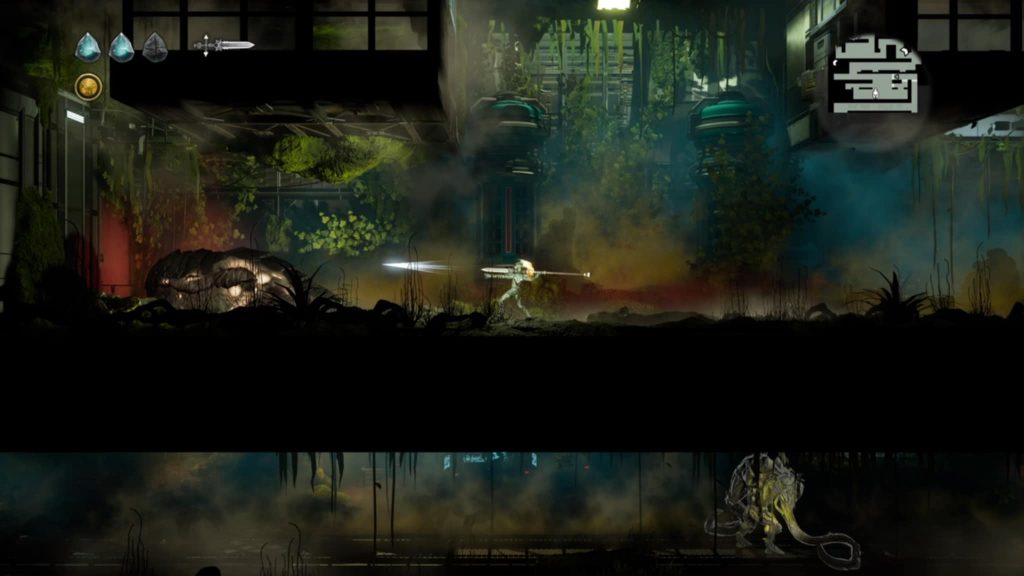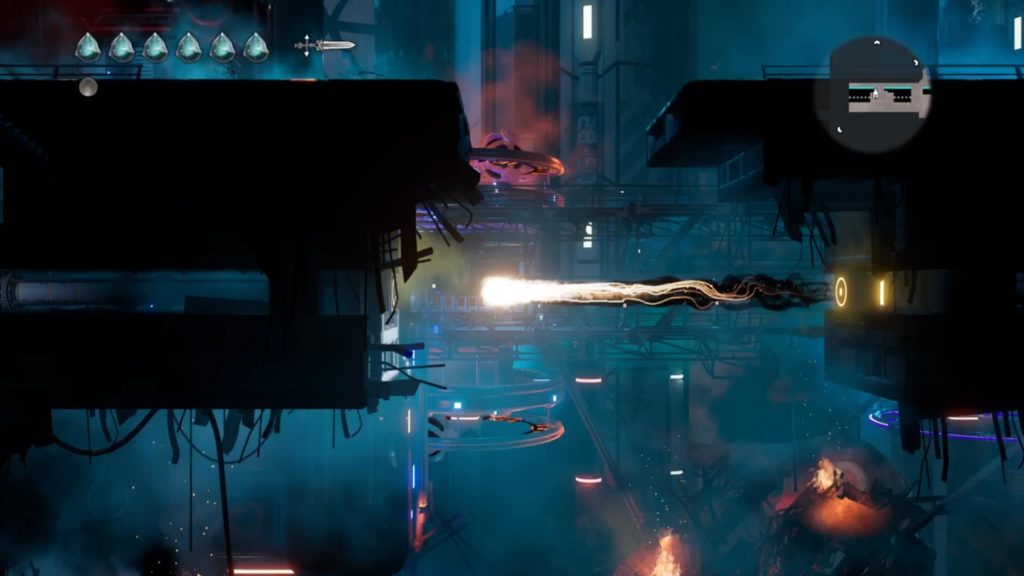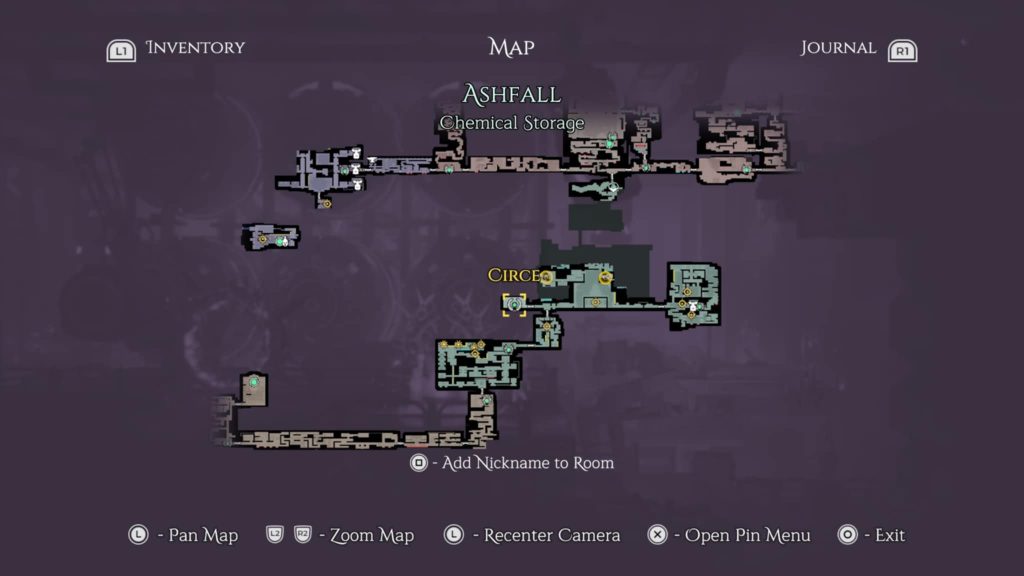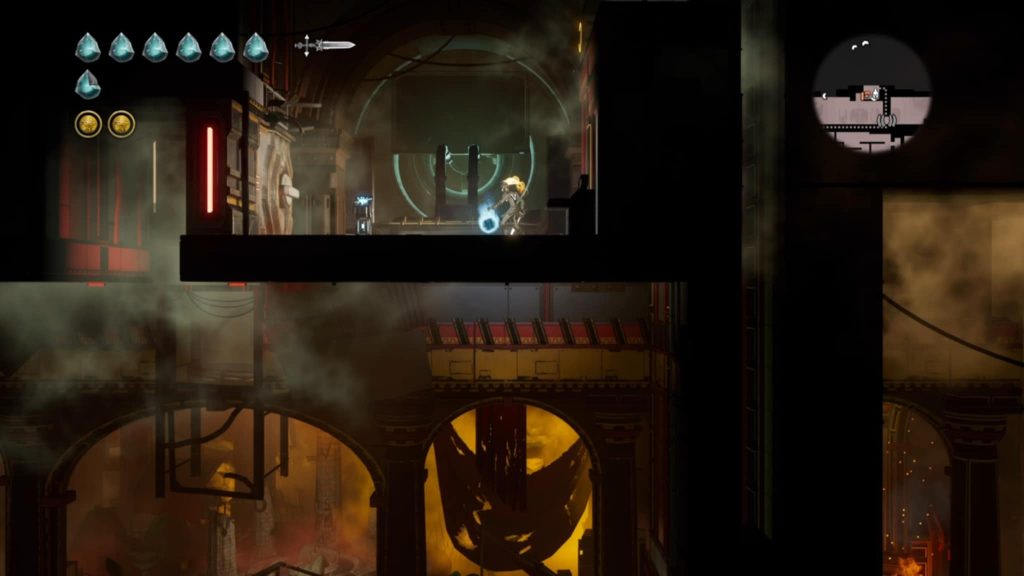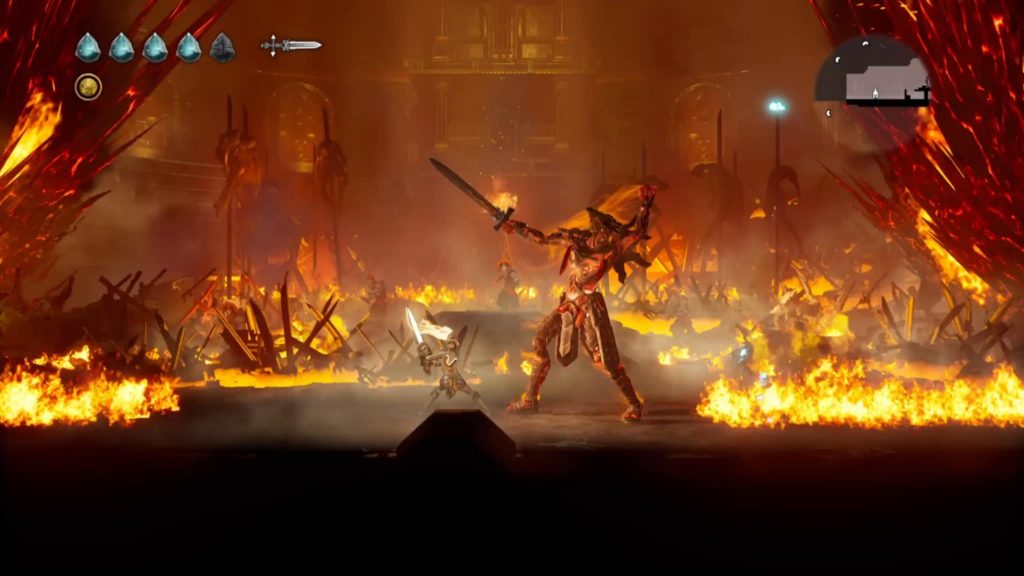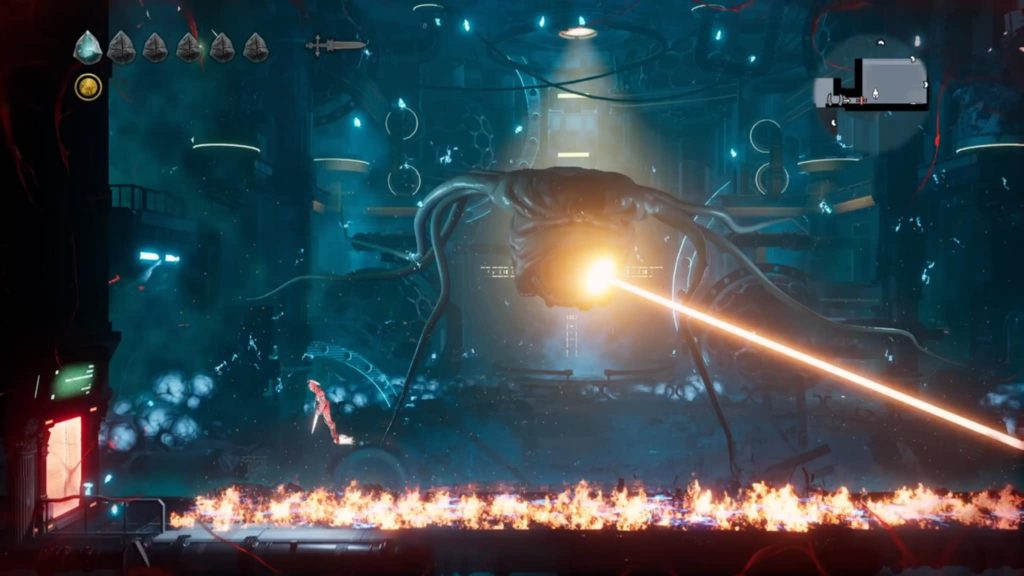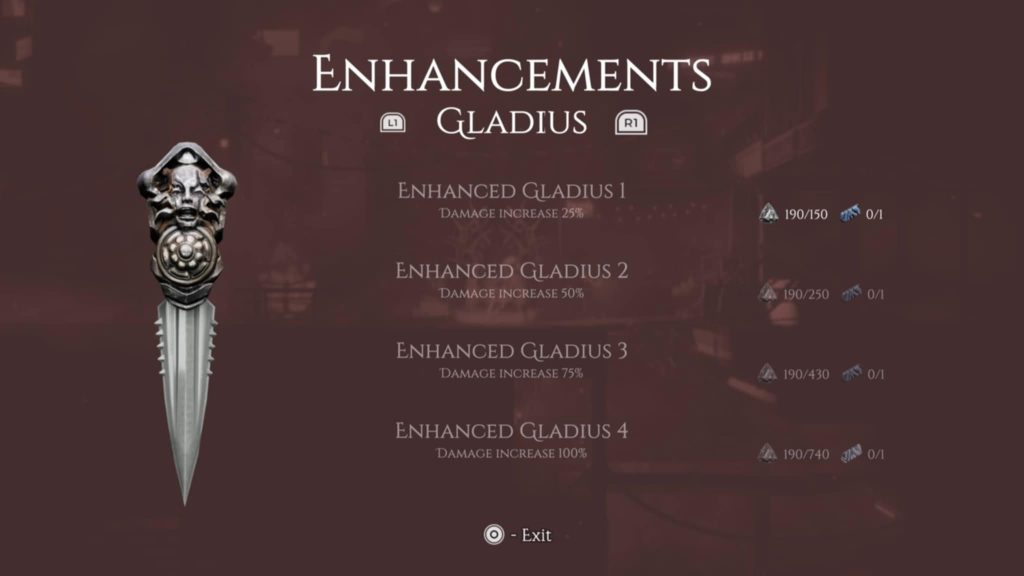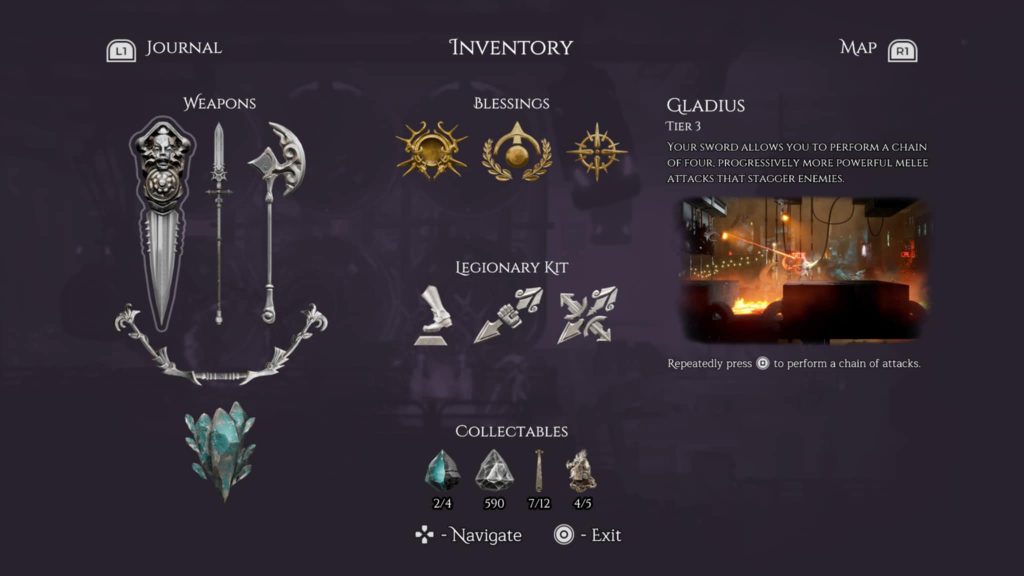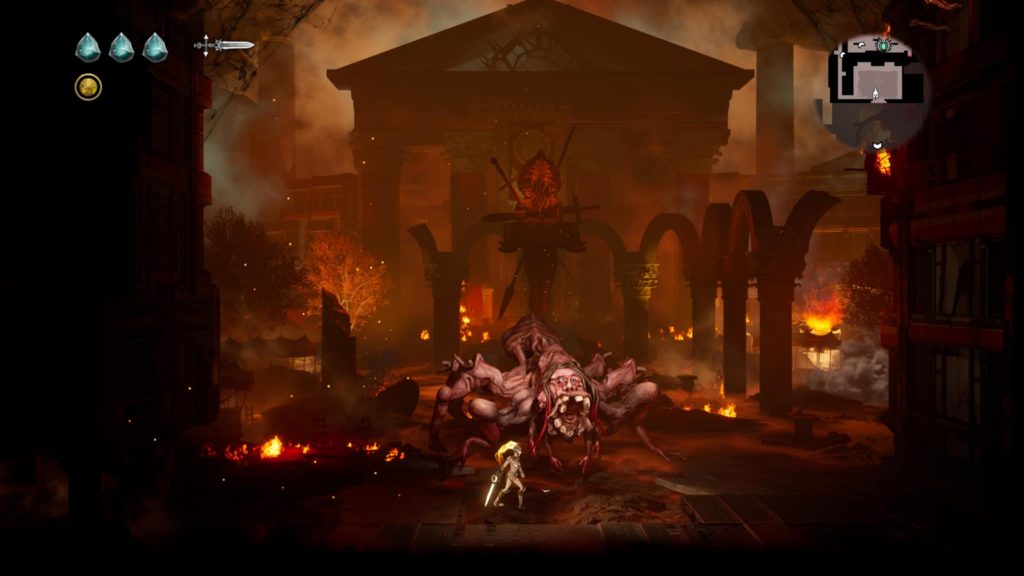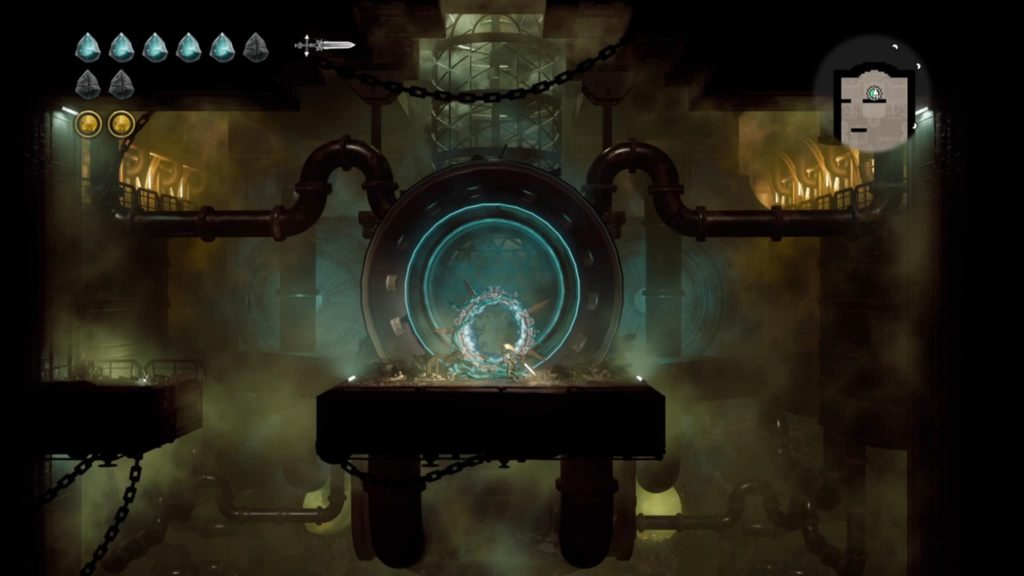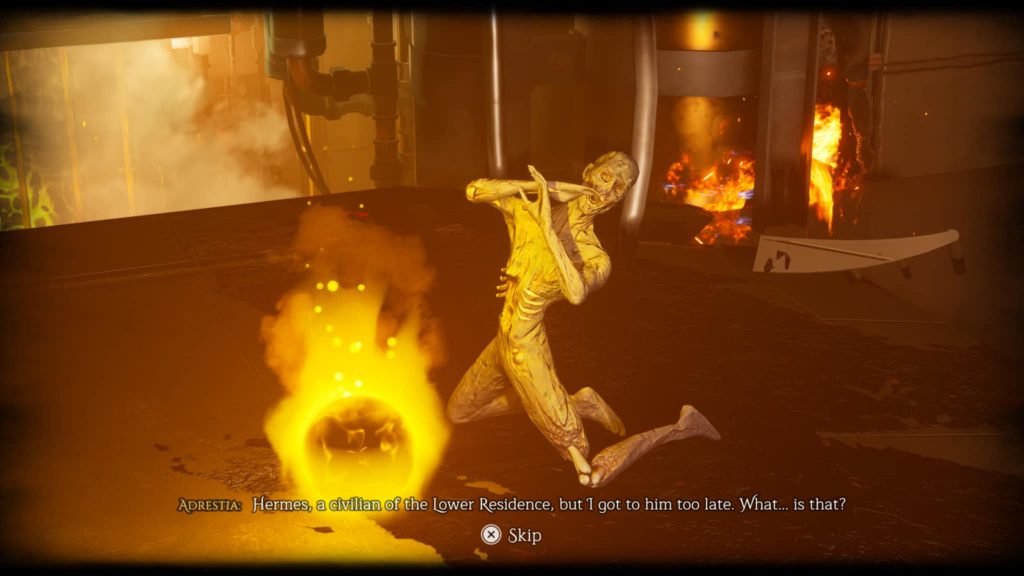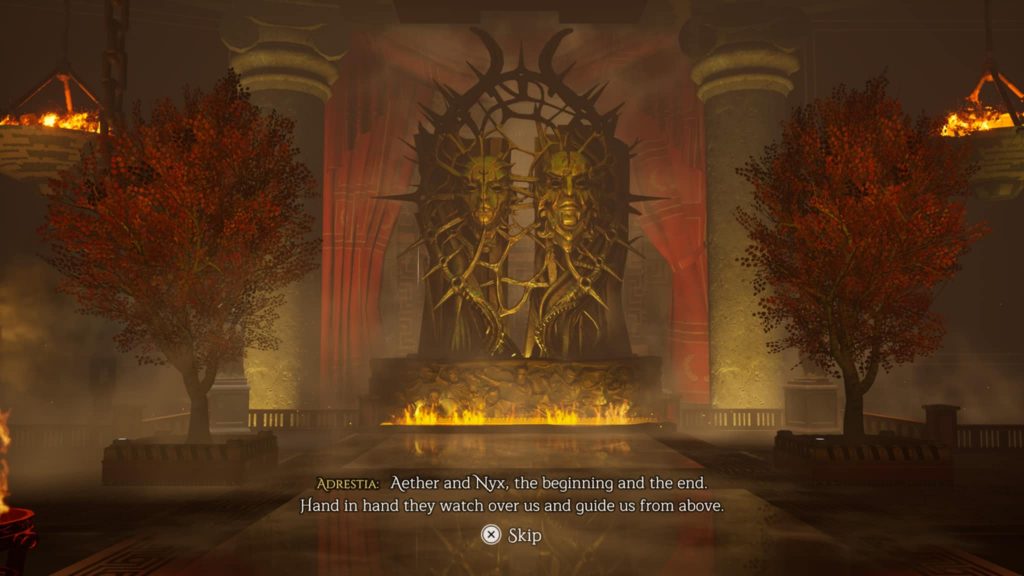Somber Echoes Review (PS5)
Summary: Somber Echoes is a myth-infused 2D Metroidvania where you play as Adrestia, a fallen tribune navigating a haunting sci-fi world to stop her sister from unraveling reality. With fluid traversal, deliberate swordplay, and striking visuals, it offers a focused and stylish experience. While the combat and story can feel a bit thin, it’s a memorable, atmospheric journey worth taking.
3.3
Synthetic Solitude
Somber Echoes is a side-scrolling 2D action-platformer developed by Rock Pocket Games and Lav Games, and published by Bonus Stage Publishing. Released on January 21st of 2025 on Steam and July 8th of 2025 on PlayStation and Xbox, it firmly positions itself within the Metroidvania genre while aiming to stand apart with a Greco-Roman sci-fi setting, intricate traversal mechanics, and a strong narrative foundation steeped in mythological overtones. Taking clear inspiration from Greek tragedies and retro-futuristic design, Somber Echoes presents a unique blend of ancient aesthetics and spacefaring exploration. Built for players who enjoy uncovering secrets, backtracking through evolving environments, and gradually growing more powerful, it offers a densely packed adventure that’s both familiar and ambitious in its execution.
Set aboard the derelict and infested starship Atromitos, the story follows Adrestia, a tribune cast aside and left for dead after a cataclysmic event. Resurrected by a mysterious force, she is given a second chance to confront her twin sister Harmonia, who now threatens to unravel the universe. Though the narrative incorporates large-scale stakes and mythological gravitas, its delivery is subdued. A lone narrator summarizes events and conversations, giving the game a steady, brisk pace while preserving a tone reminiscent of oral myth or legend. It works in context, though it limits emotional connection. The narrator’s delivery is solid and fits the atmosphere, but the story itself never quite manages to pull you in fully. Outside of scattered memory fragments and inspectable lore items, the depth of the world feels like it’s lurking just out of reach, resulting in a tale that intrigues more than it invests.
Gameplay is the heart of Somber Echoes, and it brings with it a number of well-executed mechanics. At its core, the combat is centered around timing and positioning. Adrestia wields her sword Gladius, blocks with her Nyx Shield, and gains access to a range of abilities including a “Zap” skill, a bow, and a powerful throwable spear (among other things). The game encourages mastery of parrying in different fashions, rather it be with your shield or the swing of your sword. Combat is deliberate and satisfying in short bursts but carries some unevenness throughout the campaign. The spear, in particular, is highly effective, capable of weakening enemies and making them more vulnerable to follow-up attacks. However, its utility is occasionally undercut by inconsistent hit detection and a lack of fine aiming control, particularly when precision is required in fast-paced encounters.
Traversal is where the game shines. Instead of a traditional double jump, Adrestia can shift into a ball of light and launch herself in a chosen direction using the Aether Lantern system. This mechanic allows for some of the most fluid and creative platforming sequences seen in recent Metroidvanias. Players can chain directional dashes, grapple onto ledges, wall-jump between narrow gaps, and use hover abilities to navigate complex environments. As the game progresses and more Aether lanterns are acquired, the player’s control over aerial movement becomes more dynamic and engaging. The game includes multiple biomes, each with a distinct visual identity, that gradually open up with new traversal options, and returning to earlier zones with a fully upgraded movement kit is rewarding.
The level design leans heavily into this progressive traversal system, offering a satisfying mix of exploration, puzzles, and light combat challenges. There are secret rooms, destructible vases and statues, hidden civilians to rescue, and orbs that flesh out lore when inspected. Shrines scattered throughout the world serve as checkpoints, upgrade stations, and fast travel points, and the map is generally clear and functional, though the fast travel system can feel convoluted early on. While the game is fairly linear for a Metroidvania, it smartly encourages backtracking without making it feel tedious. Each biome is color-coded, helping players keep their bearings in an otherwise sprawling world.
Combat encounters vary in style. Some enemies invite you to go in swinging, others must be parried or evaded before striking, and projectiles are used frequently to test your positioning and reflexes. There is a welcome variety in enemy behavior patterns, but the enemy pool itself is shallow. Many are reused across multiple biomes, and even the more grotesque or myth-inspired designs begin to feel familiar by the game’s midpoint. Boss fights are visually interesting but mechanically underwhelming. Most can be defeated quickly with a few well-placed attacks and the proper combination of upgrades. While the true ending boss provides a tougher challenge, the majority of the boss roster lacks tension or memorable patterns, further dampened by the absence of visible health bars and some questionable hitbox interactions.
Progression is mostly straightforward. Defeating enemies and destroying objects yields a material that can be used to upgrade your core abilities, Gladius, Nyx Shield, etc. These upgrades significantly improve your combat performance, but they require a secondary material as well, forcing you to prioritize which skills you want to enhance. You also collect Nyx Fragments, which power up Adrestia’s armor, and blue orbs that restore health. While the character-building options are relatively simple, upgrades like increased attack speed or extra invincibility frames add just enough variety to influence how you approach certain combat scenarios.
Visually, Somber Echoes is a standout. The environments are richly detailed, with dense layering and impressive use of color. The juxtaposition of Greco-Roman architecture and high-tech decay gives the game a distinct identity. However, this visual density occasionally works against it. Enemies and environmental hazards can blend too easily into the background, and several moments suffer from a lack of visual clarity. You may find yourself taking damage simply because you didn’t notice a lurking enemy or trap, and this is compounded by some aggressive enemy behavior that punishes players who aren’t constantly vigilant. Nevertheless, the game’s aesthetic direction is bold and immersive. Combined with a dramatic, atmospheric soundtrack and strong sound design, the world of Atromitos feels alive, if not entirely coherent.
There are minor, but persistent frustrations that affect the overall experience. The hover mechanic is clunky and overly dependent on holding the jump button, which can interfere with other inputs during platforming sequences. This becomes especially problematic in late-game traversal segments that lean heavily on your full suite of mobility abilities. These sections, meant to showcase your mastery, can instead become repetitive or even exhausting. The final act of the game begins to feel padded, as you’re forced to complete multiple extended traversal sequences without much narrative or mechanical payoff. At this point, the pacing suffers, and some players may feel fatigue set in.
That said, the game rarely feels punishing. Somber Echoes is likely one of the more forgiving Metroidvanias in recent memory. It’s easy to stay on track, deaths are not overly penalizing, and the core gameplay loop remains engaging enough to carry you through the weaker moments. The sense of progression is clear and constant. As you unlock new tools and refine your movement, the game opens up in satisfying ways, making earlier frustrations feel more manageable. The tram and teleportation systems are a bit obtuse at first but become second nature once you learn the game’s geography.
The story, while narratively shallow, is tonally appropriate. It’s more a vehicle for the setting and atmosphere than a gripping plotline. Greek mythology enthusiasts may find extra enjoyment in running into legendary figures like Ares and Hephaestus, who offer tasks and commentary along your journey. The overall experience leans into the feeling of rediscovering a forgotten epic, rather than immersing you in a deep character drama. Whether this works for you depends on your expectations, but it’s clear the developers prioritized mood and aesthetic over intricate dialogue or character arcs.
Final Thoughts?
In the end, Somber Echoes succeeds in most of the areas that matter. It’s a thoughtfully made Metroidvania with some standout mechanics, beautiful environments, and a solid gameplay loop. Its combat is serviceable, occasionally frustrating, but never fundamentally broken. Its story is intriguing, if emotionally distant. Its traversal and level design are its greatest strengths, occasionally held back by finicky controls and minor mechanical flaws. For fans of the genre, especially those who appreciate atmospheric worldbuilding and mythological themes, Somber Echoes offers a rewarding, compact experience that’s worth the investment.


